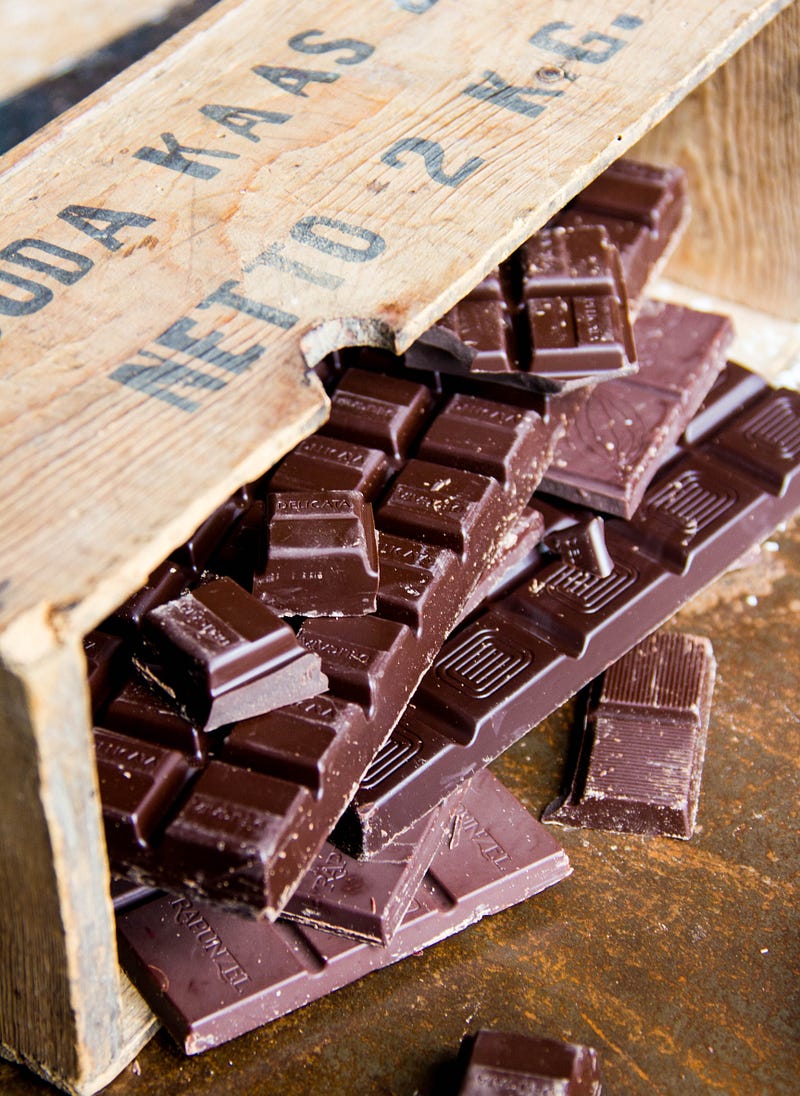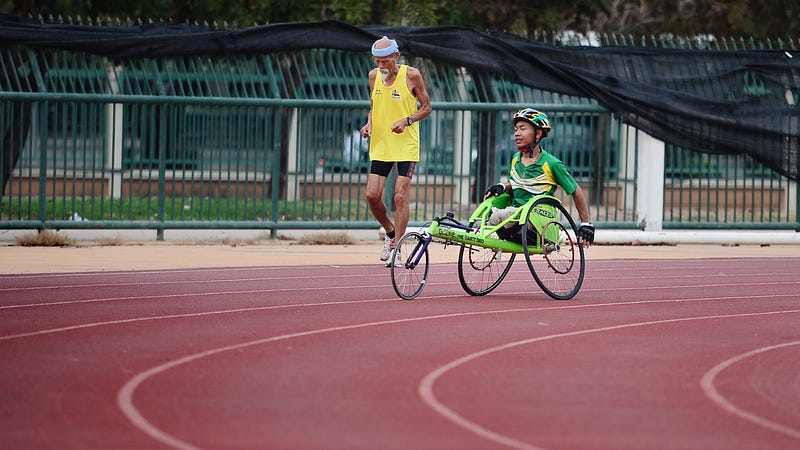
Each time I head back to Central Florida to my hometown of Winter Haven, right in the heart of citrus country, it’s usually for a high school reunion. You know, those embarrassing bragfests which are sometimes highlighted with genuine reconnections, a terrific story or a friendship that suddenly alights after many years.
As the years have gone by, and there are almost fifty of them by now, like all the rest of us I watch those slim, fit young people age into folks I barely recognize. If it weren’t for the senior photos pinned to our chests, some of us would be mistaken for spouses. Such is the price of time.
We don’t see ourselves as one of those “old, fat folks” that startle the eye and challenge the (fading) memory. Yet in many cases we are indeed oneathem. My part of Florida wasn’t beach country, it was redneck country. And with it all the foods and goodies that marked the Deep South. Not many of my classmates are within forty pounds of where they began their adult lives. A great many are crippled, obese, disabled. And a good few have passed on. We can thank Jimmy Dean sausage and Krispy Kreme donuts in part for that favor to our shortened lifespans.
While it’s inevitable that we age, creeping decrepitude isn’t necessarily part and parcel of aging. One of the most common responses to an impending reunion is to hit the gym and do our level best to get in a semblance of shape before wandering in to the fray, drink in hand, to lie a little, laugh a little, and with luck, let bygones be bygones. Would it that letting go our collective lard be that easy.

Perhaps the hardest part of getting fit from wherever we may have fallen off the long years before is patience. We have to begin where we are, not where we think we should be. Or, with some addled notion that the brain has about what we can do, which the body heartily laughs at and then promptly lands us in the hospital emergency room.
What to do? A quick primer:
- Start with a visit to your doctor. Find out your numbers (pulse, heart rate, blood pressure, etc) and get your baseline. That’s going to give you the initial guidelines on what your body can and can’t handle. You might be surprised at what you discover (this could be good or bad news…it depends). In fact, what you learn about your numbers may be the final push to get you out the door vs. into the door of the local funeral home way too damned soon.
- If you’re sporting both a lot of grey and a lot of extra padding, please begin slowly. Expect to be sore. Find something easy and engaging that you can do now, and build upon. Something you love, will do, and can add to bit by bit as you improve and gain confidence. This could be walking, swimming, yoga. Doesn’t matter. Just move. If nothing else, move out of the way off all those damned kids on skateboards. Learning evasive maneuvers as we age is a really, really good idea.
- Consider hiring a trainer. Nothing works so well as an accountability partner. Short of that, get a friend or neighbor who is just as invested as you are in success. That motivation to meet someone for a walk or run or water aerobics goes a long way towards getting to each goal. Make sure said someone doesn’t consistently recommend heading to the local Dunkin Donuts “just for coffee.” Uh-huh. Right.
- Set small, reasonable goals. No marathoner began by running 26 miles the first time out. My buddy Laura never ran before and her first mile nearly killed her. Now she’s doing endurance races of 100 miles and more. You get there by adding a tiny bit at a time, resting a lot, varying your demands, and listening if the body says STOP NOW. That’s not when you run in front of the Einstein Bagels, either. At that point, keep running until you reach the Whole Foods salad bar.
- Celebrate small successes. While it might be extremely tempting to give yourself the high five with Moms’ triple cheese lasagna, this might be the time to push away from table and push your pedals to the local cinema for a great movie. Celebrate with a makeover, a short trip. But do celebrate to mark your progress. Try to avoid using permanent markers; they are devilishly difficult to get off your butt.
I am training right now for Mt. Kenya in November. It’s 17,058', about three thousand less than Kilimanjaro which I did five years ago. Training after several injuries has caused me to be far more mindful at 65 of taking my time and adding challenges bit by bit. For example, I do lots and lots of stairs.
Because I have a wild hair where the sun doesn’t shine, I do about 3600 at a pop. Twenty four hundred on a light day.
Recently I started breaking in heavy hiking boots which have to be soft for the summit attempt. Next I added a heavy water bladder, so that I get used to carrying weight for the hours I hike steps. This is handy except that I drink from it a lot in the high country heat, and I’m the one loaded with a heavy bladder. The next step is to add small sand bags so that eventually the bladder pack will weigh about 20 lbs. Then I’ll graduate to a backpack that has at least 30 lbs in it, which is more than I will be carrying. That way the actual pack will feel like air. Especially after I eat all the Snickers bars.

Then I will hike up to eight miles at least three times a week, along with other exercises, to build endurance and leg strength. I wear a black weighted vest, which means my local PD will pull me over for being a terrorist. It’s happened. You had to be there.
This program is markedly different from the four hours of training a day that I did for Kilimanjaro. Partly because I’m recovering from multiple injuries and partly because I’ve had surgery recently which has caused me to lose some strength and tone. This is a euphemism for “I have my mother’s five-inch wing flap on my right arm.”
I will get my guns back, but not by leaping headlong into a hardcore program that will likely injure me again. I am where I am, not where I wish I was. That makes all the difference. I’ve learned to respect my body as I have aged, or put more succinctly, injuries hurt a hell of a lot more at 65 than they did at 25. This doesn’t mean slow down. What it does mean is mind where I am, and work with reality. On occasion, reality sucks. I don’t run with glasses, which means every so often I crank my ankle, or send myself flying into a neighbor’s yard onto the wet grass because I mistake the neighbor’s Labrador for a black bear. I do, after all, live very close to the Colorado foothills, and every so often we have visitors. Usually not black bears but then, I’m 65. I can’t see shit at 5:30 am.

No matter where you are in life, even in a wheelchair, you can do something. You only need to choose. The decision to begin is most of the challenge. After that it’s picking something you love, taking it easy, and making note of your progress. Few things feel so good as realizing that what was once an enormous task (a walk around the block) is now just a warmup for your five mile run. On top of that, you’re on your fifth smaller belt this year and already need a new one. No. No donuts. Buy the new belt.
Now that’s bragworthy at your next reunion. At least for those of us who’ve made it this far.
Comments powered by Talkyard.